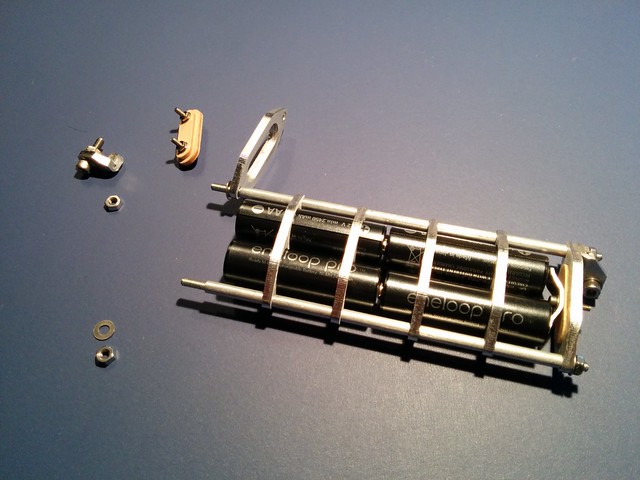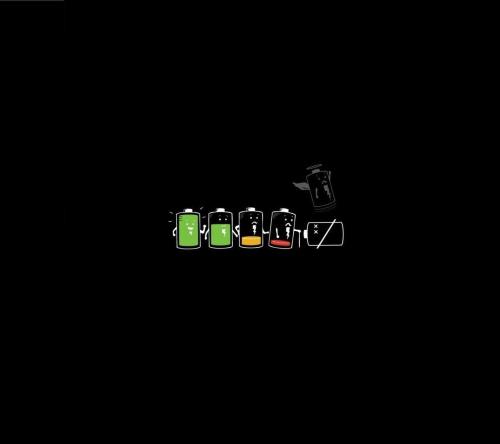How much do you know about Lipo Battery Charge Rate
Aug 20, 2019 Pageview:1629
Charging and discharging of batteries is a substance response, however, Li-particle is professed to be the special case. Battery researchers talk about energies streaming all through the battery as a major aspect of ion development among anode and cathode. This case conveys justifies however on the off chance that the researchers were thoroughly right, at that point the battery would live until the end of time. They accuse limit blur for particles getting caught, yet similarly as with all battery systems, inside erosion and other degenerative impacts otherwise called parasitic responses on the electrolyte and terminals till assuming a role.
The Li particle charger is a voltage-restricting gadget that has similitudes to the lead corrosive system. The lead corrosive offers some adaptability regarding voltage cut off, Li-particle cells manufacturers are extremely exacting on the right setting since Li-particle can't acknowledge overcharge. The purported supernatural occurrence charger that promises to increase additional limit with heartbeats and different contrivances does not exist.

What is the lipo battery charge rate?
Lipo battery cells have a 3.7V that is considered quite an ostensible voltage of. For the 7.4V battery over, that implies that there are two cells in an arrangement. This means the voltage gets included. This is the thing due to which sometimes you will hear people talk around a "2S" battery pack, which clearly implies that there are 2 cells in Series. So a two-cell (2S) pack is 7.4V, a three-cell (3S) pack is 11.1V, etc.
At the beginning of LiPo batteries, you may have seen a battery pack depicted as "2S2P". This implied there were really four cells in the battery. Two cells wired in the arrangement, and two increasingly wired into the initial two batteries in parallel significance the limits get included. This wording isn't utilized much these days. Nowadays, innovation enables us to have the individual cells hold substantially more vitality than they could just a couple of years prior. All things being equal, it very well may be convenient to know the more established terms, just on the off chance that you keep running into something with a couple of years on it.
The battery pack’s voltage is basically the parameter that decides how quickly the vehicle will run. So in the event that you have a brushless engine with a rating of 3,500kV, that engine will turn 3,500 RPM for each volt you apply to it, while on a 2S or 3S lipo battery, it will turn up to an incredible 38,850 RPM. So the more voltage you have, the quicker you will go.
What is the lipo battery discharge rating (“C” Rating)?
Voltage and Capacity directly affected certain parts of the vehicle, regardless of whether it's speed or run time. This makes them straightforward. The Discharge Rating is somewhat harder to comprehend, and this has to lead to it being the most over-advertised and misjudged parts of LiPo batteries.
The C Rating is basically a proportion of how quick the battery can be released securely and without hurting the battery. Something that makes it muddled is that it is anything but an independent number. It expects you to likewise know the limit of the battery to at last make sense of the sheltered amp. When you know the limit, it's basically a fitting and-play math issue.
Most of the batteries these days have two types of C Ratings. One is a Continuous Rating and the other is Burst Rating. The Burst rating works a similar way, aside from it is just relevant in 10-second blasts, not persistently. For instance, the Burst Rating would become an integral factor when quickening a vehicle, however not when at an unfaltering pace on a straight-away. The Burst Rating is quite often higher than the Continuous Rating. Batteries are normally looked at utilizing the Continuous Rating, not the Burst Rating.
What factors will affect the lipo battery charge rate?
There are some of the factors that will affect the lipo battery charge rate. Some of them are as follows:
· The profundity of discharging and the times of charging
The accessible occasions of charging multiplied the profundity of discharging are equals to the times of complete charging period. The more accessible occasions of total charging period, the more life expectancy the battery has.
· Over-charging or discharging and the enormous current
It should be restricted to over-charge the battery because any types of over-charging will bring about the harm even blast.
· Extraordinary hot or cold condition
The temperature applies an extraordinary effect on the life expectancy of lipo-battery. The condition under the point of freezing could consume electronic gadgets right away. What's more, the high temperature will diminish the batteries' ability.
· Being completely charged or no power for a long time
Both low and high battery would contrarily impact the lipo battery. The times of charging symbolized on the sign of electrical gadgets or battery are tried under the 80% power. A low battery or no vitality will build the obstruction of the inner battery, so diminish the limit of the battery. The best state of lipo-battery is the center limit, and it will arrive at the longest life expectancy.

How to protect the lipo battery charge rate?
There is a number of ways by which you can protect the lipo battery charge rate. Some of them are as follows:
· Never over-charge the battery
· Never over-discharge the battery
· Never use a damaged battery
· Use lipo-bag while charging
· Don’t charge the battery while using it. Always wait at least 15 minutes and then charge it.
· Don’t fly along with your charged battery. If it is quite necessary then make sure to wait for at least 15 minutes and then take it with you on a flight.
Well, above has described some of the aspects that you have to take care of Lipo battery charging. If you don’t follow these aspects while charging your lipo batteries, then you will not be able to make your batteries reliable. So, consider all of these aspects and make sure to perfectly charge your lipo battery to keep it safe and reliable.
- Prev Article: Homemade 18650 battery pack
- Next Article: Talk About Lipo Battery Charge Time Calculator
Leave Message
Hottest Categories
-
Hottest Industry News
-
Latest Industry News









